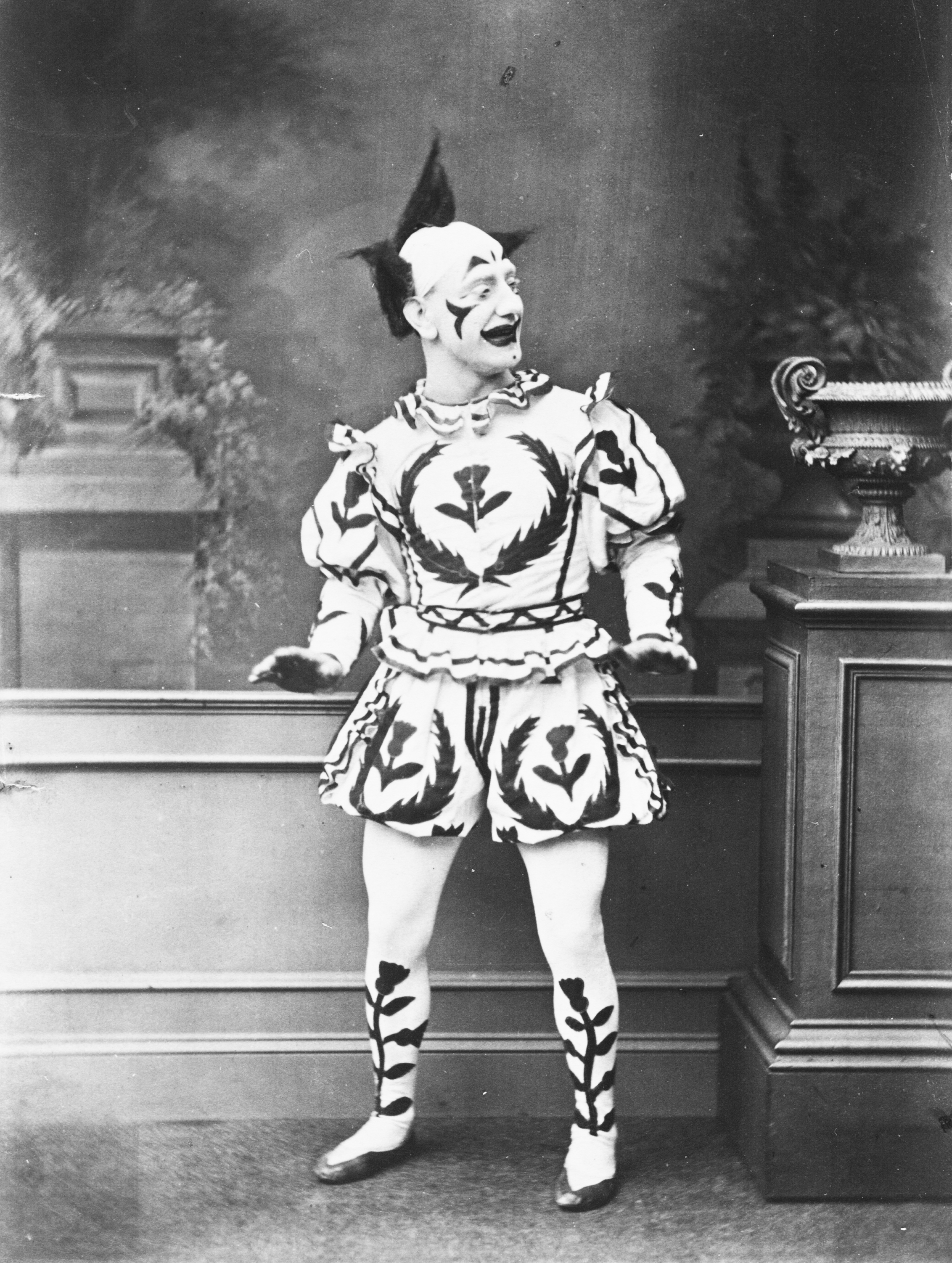Creepy clowns continue to cause collateral chaos.
By Julia Berkman
Fantastical and outlandish stories have always been a part of childhood. Before social media, hoaxes such as the Cottingley fairies stirred the paranormal britches of even Sir Arthur Conan Doyle. With the invention of social media, however, the story of a single incident can bloom into a national panic. Bandwagoners can now jump on board with a simple tweet, and that seems to be exactly what happened recently.
But what is the origin of the inherent human fear of clowns? As criminologist Scott Bonn spoke with Time magazine about the topic.
“The fascination with clowns is really the fact that they’re not real,” Bonn told Time. “We don’t know what’s beneath that makeup. It could be anyone or anything. They’re actually very frightening.”
The entertainment industry has capitalized on the natural uneasiness that clowns induce with a plethora of creepy crawly clowny camp. Stephen King’s novel “It” tells the tale of a shape-shifting clown that hunts children. The fourth season of “American Horror Story” featured Twisty the Clown, a jawless beast of a man disguised as a decrepit clown. Twisty’s murder spree throughout the season was enough to keep many watchers awake at night. Buzzfeed even recently posted a listicle of “the 19 creepiest clowns of all time.” Needless to say, clowns have always been the stuff of nightmares to most Americans.
It’s not so surprising then that the clown-sighting epidemic picked up so much momentum. Starting in South Carolina in late August, schoolchildren reported sightings of mysterious clowns trying to lure them into the woods. Whether these sightings were confirmed or not is, at this point, irrelevant to the overall hype they created. Twitter users, creators of viral memes such as #Harambe and Ken Bone, took the clown sightings to a more widespread level. Any person with cell reception could now be validated by a few hundred retweets if only they were to film a clown on their morning run. Never one to let a good thing die quickly, Twitter users parodied and created their own clown videos. The best ones fooled many news outlets and naive followers, inciting further hysteria.
The social media steamroller kept on moving, and reports of people in clown costumes being assaulted broke within a few weeks of the first incident. As with other mass hysteria events, people will try anything to be part of the narrative. Whether or not there was some wild clown pedophile to begin with matters little to the direction this story took. Anyone with an ugly wig and baggy pants could now go on a dirt road and scare passersby. In the rite of self-fulfilling prophecy, those foolish enough to suit up would be beaten by anyone who had used the internet in the past week.
These clown-beating altercations led to the creation of the hashtag #ClownLivesMatter, an attempt at peacemaking by clown enthusiast Nikki Sinn. Sinn said that she was “just trying to make it a little bit light so [the idea of clowns] isn’t scary for anyone.” Unfortunately, her tongue-in-cheek title did nothing but downplay the seriousness of the #BlackLivesMatter (BLM) movement, which calls attention to black murders and the lack of justice surrounding them. The BLM movement found the parody a bit too close to the answering #AllLivesMatter movement, which was created in reaction to BLM. The insensitivity of taking on a serious movement didn’t sit well with many members of the community. The rally was cancelled due to multiple death threats against the organizers and participants.
So what now? Do we take these clown-related 911 calls seriously? Without more information, there’s really no correct answer. Maybe the real clowns were the memes made along the way.

